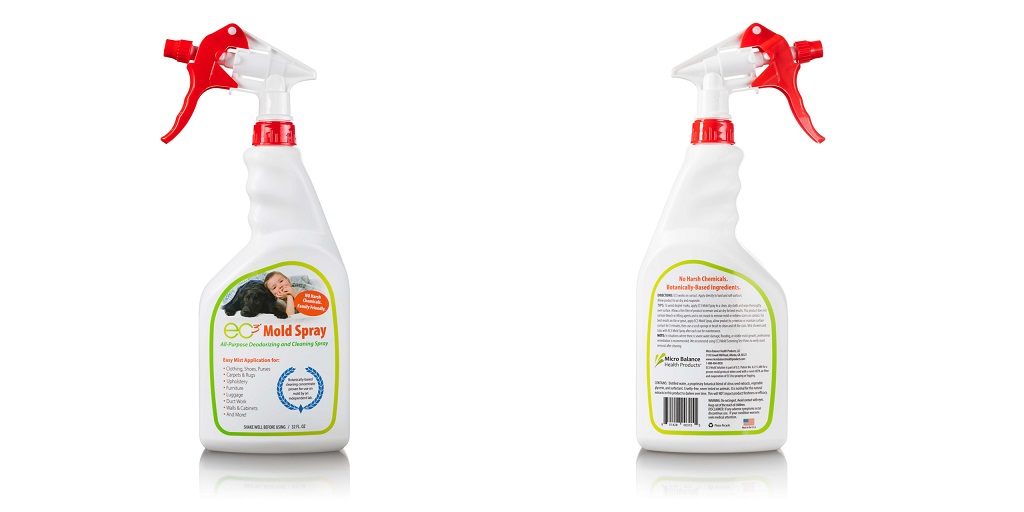
If you’ve ever spotted fuzzy patches in the corners of your kitchen or noticed a musty smell that just won’t go away, you’ve likely encountered mold. It’s not just a horrible sight, though: mold can pose serious risk to you and your family’s health and damage your home permanently if it’s left unchecked. Here’s what causes mold to grow in the kitchen, and more importantly, how you can tackle it effectively:
Why Does Mold Love Your Kitchen?
The kitchen is like a paradise for mold. It thrives in warm, damp, and humid environments – and your kitchen provides all three of these in abundance. Every time you boil water, wash dishes, or store food, you’re creating the perfect conditions for mold to grow. Add the occasional food spill or forgotten leftovers, and you’ve got an ideal breeding ground.
Moisture is one of the biggest culprits. Leaky pipes under the sink, condensation on windows, or even a poorly ventilated space can contribute to the problem. Mold spores are also opportunistic – they’re everywhere in the air, just waiting to settle on a damp surface.
Common Places Mold Hides in the Kitchen
You might be surprised to learn just how many places mold can hide. The most obvious spots include around your sink and under your cabinets, especially if there’s any leaking. However, you also shouldn’t overlook less obvious areas, such as the seals of your refrigerator or the gasket on your dishwasher. These spots are often damp in addition to being rarely cleaned, making them prime locations for mold to grow and flourish.
Your pantry isn’t safe, either. Mold can grow on food, particularly if it’s stored improperly or forgotten for too long. For this reason, it’s best to keep an eye on produce and grains, as they’re especially prone to developing mold in humid conditions.
How to Get Rid of Mold in the Kitchen
Getting rid of mold isn’t as simple as wiping it away. It requires a strategic approach to ensure that it doesn’t return.
Start by addressing the root cause: moisture. Check for leaks under your sink, around your appliances, and in any other hidden corners. Fixing a leaky pipe or resealing windows can make a huge difference!
Once you’ve tackled the moisture, it’s time to clean. Some guides may recommend making use of DIY solutions that involve vinegar or bleach, but using a specialized mold treatment spray is a far better choice.
EC3 Mold Spray is Micro Balance Health Products’ answer to mold. It’s a mold treatment spray that’s made out of all-natural botanical ingredients, which means it’s non-toxic and can even be used on surfaces used to prepare food.
If you’re looking for something that treats and removes stains in addition to controlling mold, you might want to check out Micro Balance Health Products’ EC3 Enzyme Cleaner Concentrate. It’s also made out of all-natural ingredients and can be used for general cleaning and stain removal.
Preventing Mold from Coming Back
Keeping your kitchen mold-free is all about maintaining a dry and clean environment. Improving ventilation is an excellent first step: if you don’t already have an exhaust fan, consider installing one. Alternatively, you can crack a window open whenever you’re cooking or washing dishes.
Regular cleaning is also important. Wipe down surfaces, clean out your fridge, and don’t let food sit out for too long. Even small habits, like drying your sink after use or emptying the trash daily, can help.
Dehumidifiers or moisture absorbers can also be lifesavers, especially if your kitchen tends to feel humid. These devices help keep the air dry, making it harder for mold to thrive.
Now that you know the causes and solutions, take a good look around your kitchen. A little effort today can save you a lot of trouble (and sneezing fits) down the line!
For more information about Mold Solution and Mold Detox Supplements Please visit: Micro Balance Health Products.